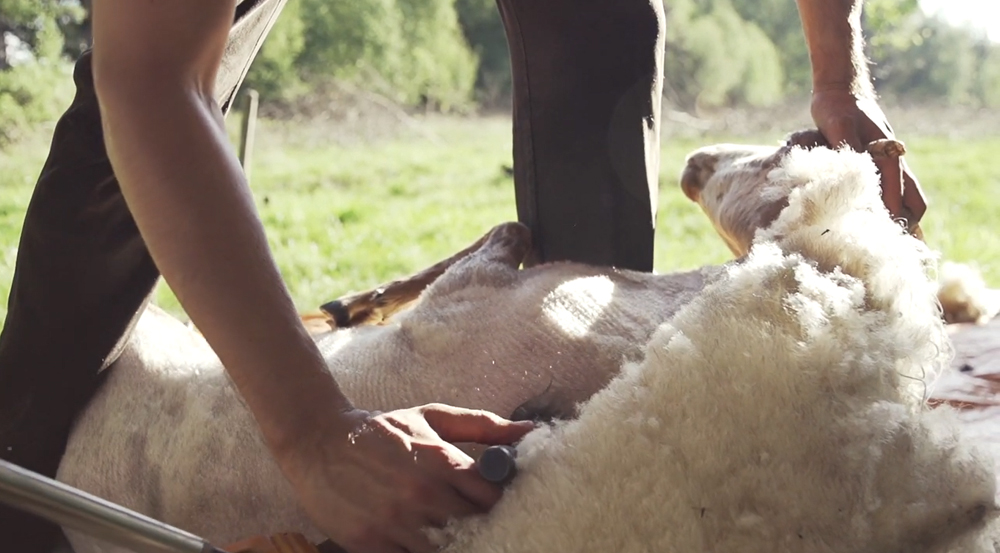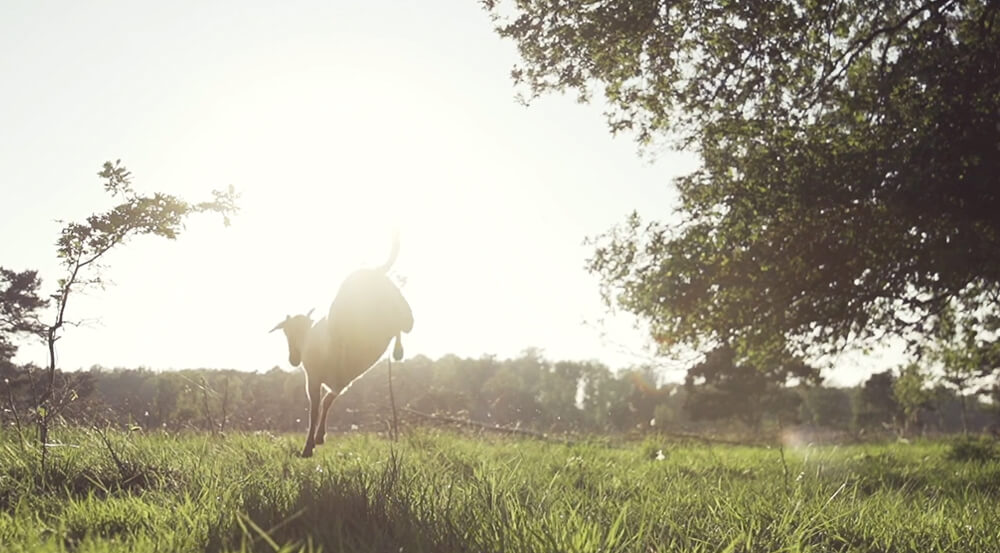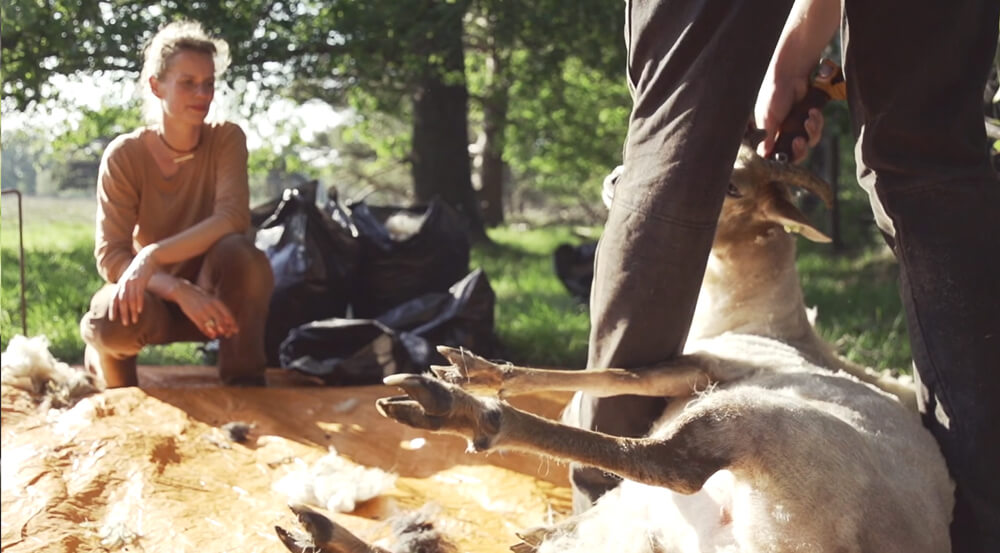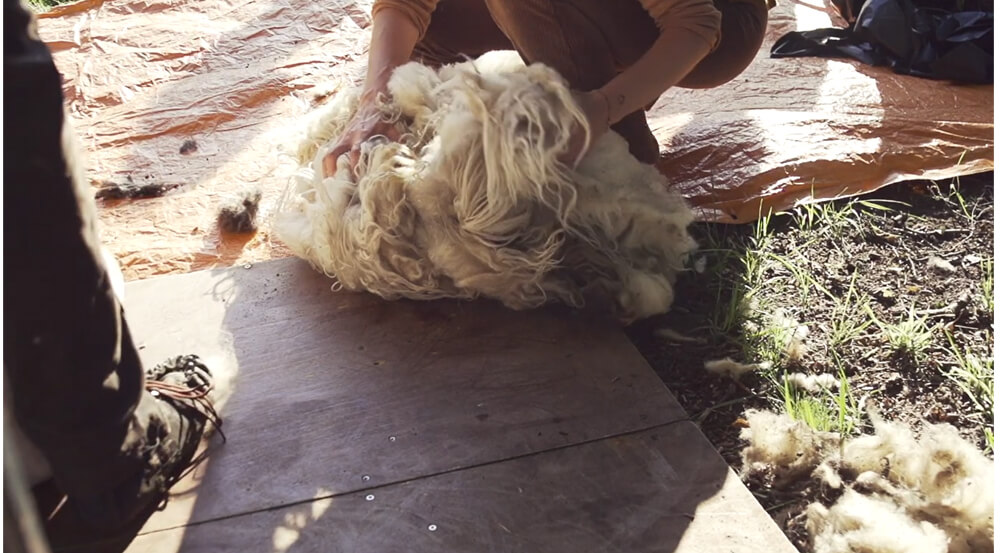At the moment, Dutch sheep’s wool is a waste product that has almost no destination. 1.5 million kilos of wool is burned every year.
The Netherlands once had a prosperous wool processing industry, but now the demand for Dutch wool has completely disappeared. Natural fabrics have been replaced in recent years by synthetic – cheap – fabrics. And the woolen clothes we wear come from abroad. Wool and production is cheap there. We like a lot of clothes for little. The less we pay the more clothes we can buy is the thought? Due to the low wool price that has arisen as a result, the quality of our Dutch wool became worser. After all, the sheep are no longer kept for their wool because there is no ask for it, so a vicious circle.

Where does the wool come from?
We want soft wool that does not itch, so merino wool was created from the Merino sheep. The Merino sheep are mainly kept in Australia. Due to less animal welfare rules, it is cheaper to produce wool here. A merino sheep in Australia can therefore have up to 5 kilos of wool on its body, while a Dutch sheep has about 3 kilo of wool on its body. So cheap.
The complete production process, like many craft processes, has completely disappeared to low-wage countries such as; China, India, Pakistan, etc. The wages are low here. Here the wool of the Australian sheep is processed into a product. After which it is transported to the Netherlands to be sold.
If you think about it, it make no sense; our woolen products travel all over the world to be sold here. Sheep that are kept only for their wool and because of this often have a bad life. While in the Netherlands, perhaps just around the corner from where you live, sheep have a beautiful life, contribute to biodiversity and also provide wool for that. But this wool is burned… forgotten wool.

Attention
Fortunately, there is increasing awareness and attention on this subject. The Dutch Journalist Emy Demkes has already written several articles on this subject for the Correspondent.
Click here to read an article of Emy Demkes.
There is also the Dutch wool collective, which pays attention to forgotten wool and brings suppliers of wool into contact with people who can use wool.
Click here to read about them.

Why I work with wool
For me it is so logical to work with wool; a material that is so beautiful and available around the corner. A material that does not require a process to start, does not take precious energy or materials because it is already there, in fact otherwise it becomes waste and then costs energy to make it disappear. I see how the material is literally created; I often know the sheep. A piece of fabric is not created in a studio or factory, it is the soil from which everything originates. Just like the wool of the sheep; the sheep that eats of the soil through which the wool can grow. Being in this creation of the material makes it for me the way it should be.
“Designer becomes farmer, farmer becomes designer.” Lideweij Edelkoort
Now you might think I get the wool for free. But this is not the case, I like to pay well for the wool, so that the shearer has a fair wage and has the time to shave well. Or the sheep herder who hardly makes it financially can continue to exist.
Click here to see the collection of the wool wall hangings I made.

All the photos in this article comes from the short Halona movie, made by Lion.Touch, Liontimmerman@outlook.com

1 comment
Comments are closed.